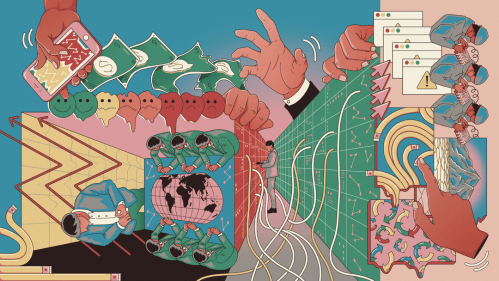With double-digit unemployment, you would think community colleges would be at the center of our national agenda. After all, there are 1,200 such schools in America and they enroll nearly 7 million individuals. This amounts to around 40 percent of all the post-secondary students in the United States. And these places focus on working class and minority kids who are suffering the brunt of the country’s dismal economic situation.
Yet community colleges are America’s forgotten institutions of higher education. Once called “junior colleges”, they still are seen as secondary to our nation’s four-year colleges and universities. One D.C.-based education columnist even inked a widely-publicized commentary a few years ago entitled “Why I Ignore Community Colleges”.
In general, people don’t pay sufficient attention to education at any level. According to a recent Brookings Institution study, only 1.4 percent of all the national news coverage in the first nine months of 2009 from television, newspapers, news Web sites, and radio dealt with elementary, secondary, or post-secondary education.
This paucity of coverage is not unique to 2009. In 2008, only 0.7 percent of national news coverage involved education, while 1.0 percent did so in 2007. The lack of emphasis on education makes it difficult for the public to follow policy developments and understand how to improve academic performance.
But community colleges fare especially poorly in the constellation of American news coverage. Of all the education reporting across all levels, only 2.9 percent is devoted to two-year institutions of higher learning, compared to 12.5 percent for colleges and 14.5 percent for universities (the rest goes to pre-school, elementary, or secondary schools).
The inattention to community colleges is noteworthy because even though they enroll 6.7 million students compared to 11.2 million for colleges and universities, two-year schools attract only one-tenth the news coverage of four-year institutions. From the standpoint of national media coverage, community colleges are invisible.
The lack of coverage reflects a not-so-subtle class divide in American higher education. There is a clear hierarchy of schools based on prestige, cost, and the type of students admitted. At the top are Ivy League universities and other elite private institutions. Then, there are the so-called “public Ivies”, i.e., top-tier public universities across the country, and the public universities of small and medium-sized states.
Community colleges sit at the bottom of the social status and financial priority list. They are the least expensive, enroll large numbers of students, feature crowded and poorly-equipped classrooms, and have many poor pupils who work part-time in order to finance their education.
Beyond the funding and social inequities, the news media perpetuate inequality by the way they cover higher education. During admissions season, prominent national newspapers run stories about the stressful pressures of getting into elite private schools. Ivy League universities routinely admit only about one-tenth of their applicants. Some parents worry so much about admissions that they pay “independent college counselors” thousands of dollars to provide advice to their sons and daughters on how to write application essays, dress properly, take the right classes, and engage in helpful extra-curricular activities.
The social and economic plight of the poor or minority student who works part-time to pay for classes at a two-year school attracts far less attention. Contrary to the normal reasoning in most other parts of the economy, the most expensive schools are seen as delivering the greatest value for students. Community college students suffer in silence and get little help from government officials or high-priced consultants. The crucial role of these schools in training students and preparing for the jobs of tomorrow is not covered. If we want our country to rebound, we need to devote more attention to community colleges and recognize the many ways they contribute to long-term economic development.
The Brookings Institution is committed to quality, independence, and impact.
We are supported by a diverse array of funders. In line with our values and policies, each Brookings publication represents the sole views of its author(s).


Commentary
Op-edCommunity Colleges: America’s Forgotten Institutions of Higher Education
February 1, 2010